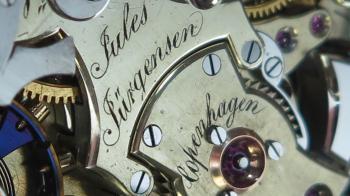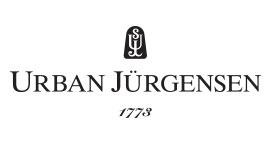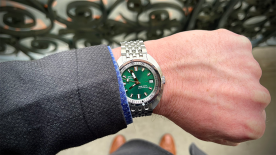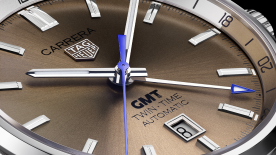One may argue that Jules Jürgensen inadvertently contributed to the dominance of the Swiss watch industry today. Like his father and his older brother, he was granted travel support to research the watchmaking industries in other countries. Unlike them, however, he travelled the route in reverse, starting in England before moving on to Switzerland. This is significant because the English were renowned for their balance springs at the time, to such an extent that the “Patriotic Emulation Society” of Neuchâtel offered a gold medal to anyone who could replicate the quality of an English balance spring. Jules Jürgensen was one of the members on the committee that assessed the submissions.
He ended up staying in Le Locle for personal reasons, to settle with the lady he would later marry. Not in her native city of Geneva, however, which even back then he considered “very expensive”, but in Le Locle. He displayed the same shrewd business acumen as his father, writing “I could foresee substantially lower income and higher expenses [in Geneva]. So I convinced myself to adapt to a poorer climate for a better income.”
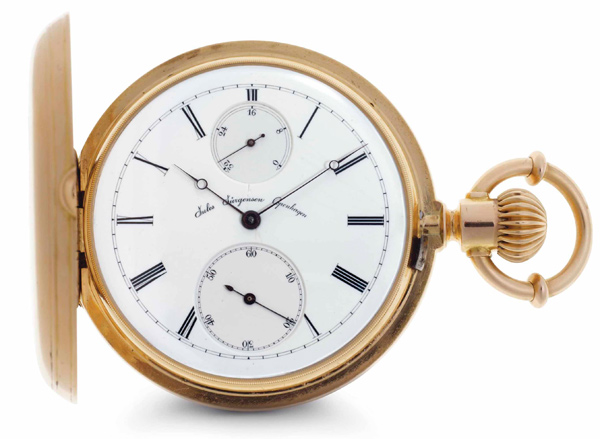
Jules Jürgensen’s business also developed quickly like his father’s and he enjoyed considerable success, as is shown by the properties and smaller companies he acquired over the years. In a third parallel with his father’s career, his first major invention was also a thermometer rather than a watch. Danish scientist Hans Christian Oersted, after whom the oersted is named, was looking for a way to measure average air temperature over a given period. Jules Jürgensen’s answer was the mesothermometer, which functioned in exactly the opposite way to a regular compensation balance, actually magnifying temperature variations rather than eliminating them.
At the height of his career, Jules Jürgensen was working in a period where the main evolution in pocket watch design was the introduction of keyless winding using the bow at 12 o’clock. He also worked on numerous different escapement interpretations, including English and Swiss lever escapements, as well as Breguet’s version of the cylinder escapement and, of course, his father’s double-wheel duplex escapement.
If there is one area where Jules Jürgensen’s legacy differs considerably from that of his father, it is in production volumes. Although the available records are incomplete, the company produced 7,700 watches over a period of 15 years up to 1860. A lot of movements were built up on Swiss ébauches (movement blanks) but the precious-metal cases and enamel dials were produced in-house.
Pocket watches accounted for the vast majority of production, although Jules Jürgensen did make a few marine chronometers, including the company’s highest-finished movement, No. 100 from 1860, which was tested at Greenwich trials. The company did not, however, make any pendulum clocks.
